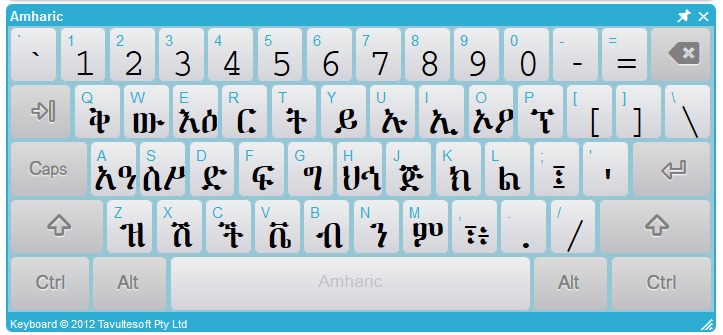

QWERTY was supposedly designed for typewriters to solve a very specific problem–to keep the types from jamming against each other. One way to do this is to switch to a different keyboard layout other than QWERTY. I’ve tried many different ways to help make it better. Workman Typing Keyboard Layoutīeing a programmer, I type a lot and I suffer from Repetitive Strain Injury (RSI) and tendonitis on my wrist. The default Colemak layout lacks a Caps Lock key an additional Backspace key occupies the position typically occupied by Caps Lock on modern keyboards. 74% of typing is done on the home row compared to 70% for Dvorak and 32% for QWERTY. It shares several design goals with the Dvorak layout, such as minimizing finger path distance and making heavy use of the home row. The Colemak layout was designed with the QWERTY layout as a base, changing the positions of 17 keys while retaining the QWERTY positions of most non-alphabetic characters and many popular keyboard shortcuts, supposedly making it easier to learn than Dvorak layout for people who already type in QWERTY without losing efficiency.
#Sinhala font keyboard layout install#
A program to install the layout is available for Microsoft Windows.
#Sinhala font keyboard layout mac#
Many major modern operating systems such as Mac OS, Linux, Android, Chrome OS, and BSD support Colemak. The layout is designed to make typing more efficient and comfortable by placing the most frequent letters on the home row. Colemak Typing Keyboard LayoutĬolemak is a keyboard layout for the Latin-script alphabets, created by and named after Shai Coleman in 2006.

However, the Dvorak principles have been applied to the design of keyboards for other languages, though the primary keyboards used by most countries are based on the QWERTY design. For non-English use, these differences lessen the alleged advantages of the original Dvorak keyboard. Also, many languages have letters that do not occur in English. For other European languages, letter frequencies, letter sequences, and bigrams differ from those of English. The Dvorak pattern is intended for the English language.

Dvorak believed that there were many problems with the original QWERTY keyboard pattern. The Dvorak pattern was designed with the belief that it would significantly increase typing speeds with respect to the QWERTY layout. The Dvorak layout was designed to replace the QWERTY keyboard pattern (the de facto standard keyboard layout). However, there is no evidence to support this assertion, except that the arrangement does, in fact, inhibit fast typing. According to the popular myth, Sholes arranged the keys in their odd fashion to prevent jamming on mechanical typewriters by separating commonly used letter combinations. The arrangement of characters on a QWERTY keyboard was designed in 1868 by Christopher Sholes, the inventor of the typewriter.

It became popular with the success of the Remington No. The QWERTY design is based on a layout created for the Sholes and Glidden typewriter and sold to E. The name comes from the order of the first six keys on the top left letter row of the keyboard (Q W E R T Y). QWERTY Typing Keyboard Layout is a keyboard design for the Latin-script alphabets. The functional layout is the arrangement of the key-meaning associations, determined in software, of all the keys of a keyboard. Visual layout is the arrangement of the legends (labels, markings, engravings) that appear on the keys of a keyboard. The mechanical layout is the placements and keys of a keyboard. The typing keyboard layouts are any specific mechanical, visual, or functional arrangement of the keys, legends, or key-meaning associations (respectively) of a computer, typewriter, or other typographic keyboards.


 0 kommentar(er)
0 kommentar(er)
